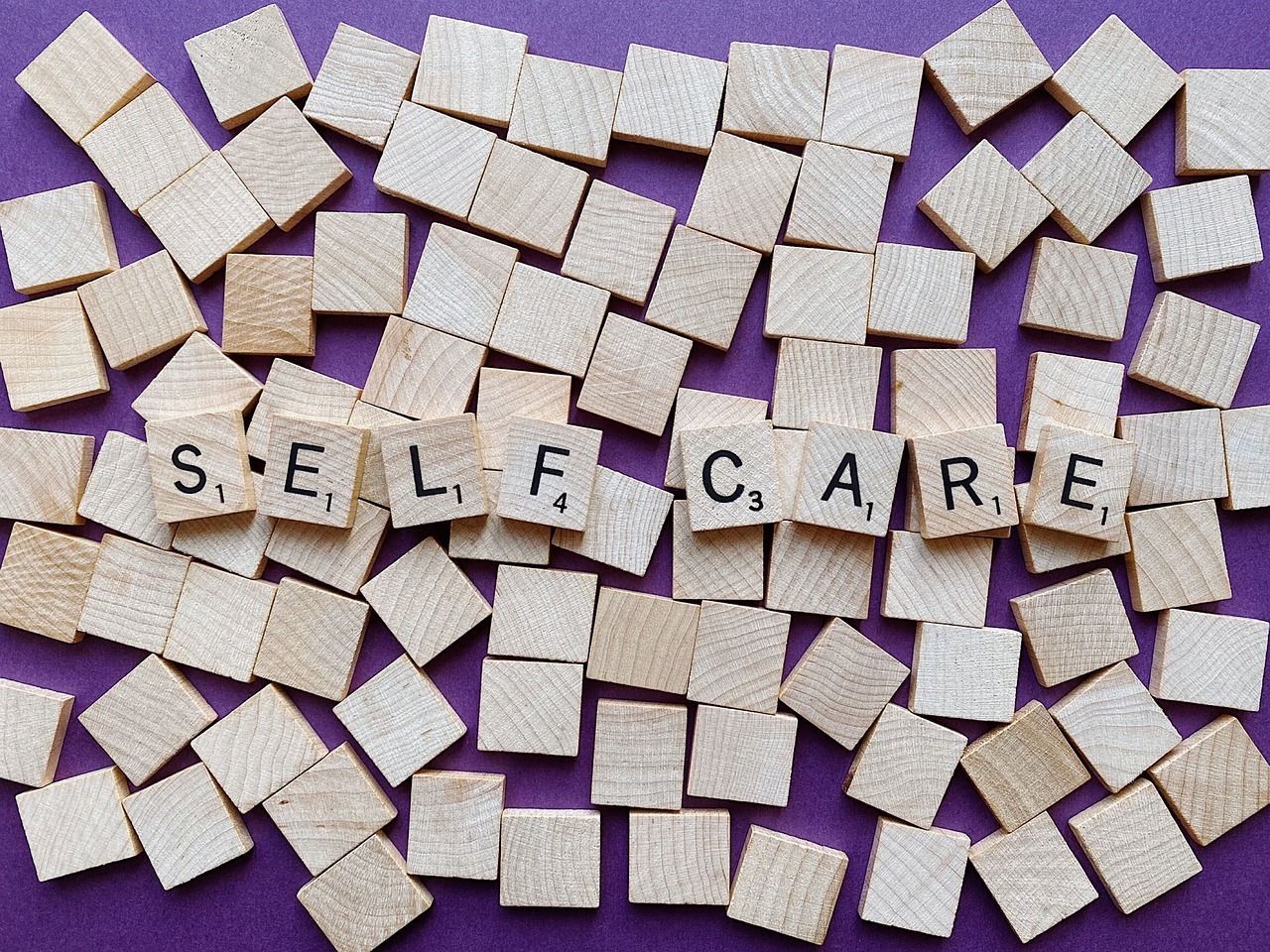Student Mental Health Crisis: How Schools Can Support Struggling Teens
Addressing the Student Mental Health Crisis: School Initiatives
Are students facing more mental health challenges than ever? This post covers essential school initiatives such as comprehensive mental health programs and improved access to counseling services. It offers clear steps for creating a supportive, secure school environment that prioritizes student well-being. Readers struggling with student mental health will find actionable guidance to address common issues and improve overall school functioning. Addressing the Student Mental Health Crisis, the article seeks to provide valuable insights for schools and communities looking to make a significant difference.
Key Takeaways
- schools offer tailored outpatient support by experienced mental health specialists
- structured academic support boosts student engagement and reduces stress
- community and parental involvement strengthen mental health care on campus
- data review and policy adjustments drive targeted improvements in mental wellness
Understanding the Student Mental Health Crisis and Its Impact
This section examines core issues affecting student mental health, reviews statistics on challenges in schools, and considers how mental health influences academic performance. The discussion includes the role of social media, mental health trends across ages, and stigma. It also highlights community efforts, suicide prevention initiatives, and insights from the University of Idaho center.
Identifying the Core Issues Affecting Student Mental Health
The examination of student mental health reveals challenges arising from academic pressures and social dynamics present in the classroom. Institutions such as Boise State University emphasize the need for robust health care services to support students facing stress and workload concerns, including those encountered in subjects like mathematics.
Emerging trends indicate that social interactions and academic struggles contribute significantly to mental health issues among students. Experts at Idaho State University propose targeted initiatives that integrate mental health care into everyday academic life, offering actionable support to help students overcome barriers and achieve balanced well-being.
Examining the Statistics on Mental Health Challenges in Schools
Recent surveys and data highlight a rise in mental health challenges in schools, with findings showing that academic pressure and inconsistent social engagements significantly impact students' emotional learning. The statistics call for a closer look at support systems provided by school counselors and health professionals, emphasizing a need for programs that teach crucial life skills and offer patient, step-by-step interventions:
Factor
Impact
Academic Pressure
Increased stress levels affecting academic performance
Social Media Influence
Challenges in emotional learning due to external pressures
Life Skills Education
Improved coping strategies and resilience
Data derived from multiple studies reveal that targeted initiatives led by health professionals and school counselors can make a measurable difference in managing mental health challenges. These structured programs equip students with life skills and foster emotional learning, while practitioners work with patient approaches to ensure each student feels supported and proactive about their well-being.
Analyzing the Effects of Mental Health on Academic Performance
The effects of mental health on academic performance are evident in how students manage classroom challenges, and data from a leading university confirms that effective coping strategies can improve focus and learning outcomes:
- Improved classroom engagement through structured support systems
- Enhanced resilience against academic stress as shown in recent statistics
- Active participation in school board initiatives promoting mental well-being
Experts underline that structured academic support and school board interventions result in better performance, as data underscores the role of tailored coping methods in maintaining a stable learning environment; practical examples from the university setting further illustrate these improvements, rendering clear the importance of targeted school initiatives in addressing student mental health challenges.
Discussing the Role of Social Media in Student Well-Being
The influence of social media on student well-being remains a pressing focus in discussions on mental health management. Researchers in Idaho note that platforms can intensify pressure and contribute to substance abuse when used without moderation, prompting schools to offer therapy sessions and peer support groups led by dedicated teachers.
Specialists share that excessive screen time and online comparisons affect students' emotional stability and interfere with healthy academic routines. In response, school initiatives now include explicit management strategies that incorporate teacher guidance and targeted therapy, ensuring young individuals achieve balanced mental wellness without suffering avoidable setbacks.
Evaluating Mental Health Trends Among Various Age Groups
Research shows that mental health trends vary significantly among different age groups, affecting learning strategies and the ability to focus during a single minute of study. Experts note that students studying subjects such as javascript often benefit from structured support, and proactive approaches in college settings work well with tailored insurance cover and affordable mental health resources.
Data from recent studies indicate that early intervention and proper guidance in learning environments can improve outcomes for various age groups. Mental health initiatives in college campuses, including programming classes like javascript, assist students in managing stress, while swift access to insurance support ensures timely help in every minute of academic engagement.
Recognizing the Stigma Surrounding Mental Health Issues
The examination of mental health issues in education reveals that stigma remains a significant barrier for the student community when seeking support for suicidal ideation, academic stress, and overall well-being as part of a broader crisis analysis:
Aspect
Details
Stigma
Hinders open discussion and care in school curriculum
Suicidal Ideation
Requires immediate support and professional analysis
Crisis
Calls for practical strategies in academic settings
Experts argue that addressing the stigma through targeted interventions and curricular adjustments can mitigate risks associated with concealed mental struggles. By applying an analytical approach and incorporating actionable insights, the crisis can be alleviated, allowing students to benefit from better support systems and clearer pathways to seek help.
Implementing Comprehensive Mental Health Programs in Schools
The program focuses on designing mental health awareness campaigns, creating support networks for peer interactions, and training teachers to recognize mental health signs. It also covers establishing regular mental health assessments, integrating mental health education into existing curricula, and collaborating with local mental health organizations. The initiative aims to address stress, improve sleep, and support teens on campus via effective student affairs strategies.
Designing Mental Health Awareness Campaigns for Students
The initiative for designing mental health awareness campaigns for students focuses on providing clear education and outreach, drawing on insights from health experts and deans at Boise State. The program adapts lessons learned during the pandemic and uses feedback from students and faculty to tailor messaging effectively:
Campaign Component
Description
Workshop Series
Interactive sessions led by mental health professionals and academic deans
Information Booths
Dedicated areas for students to learn about health resources on campus
Digital Outreach
Online content offering support and education, incorporating strategies refined during the pandemic
The design of these campaigns aligns closely with school initiatives and emphasizes practical approaches to education in mental health. Stakeholders including the dean and health professionals collaborate to ensure that each campaign is both current and responsive to student needs, promoting a supportive environment for well-being at every educational level.
Creating Support Networks for Peer-to-Peer Interactions
The initiative to create support networks for peer-to-peer interactions features a system that fosters wellness through mutual encouragement and professional guidance. Peer groups provide a safe space where students, along with supportive parents, learn to manage distress by sharing practical advice, while community first responders help bridge gaps in immediate care, especially in areas affected by poverty.
The program encourages students to actively participate in discussions that equip them with coping skills and resilient strategies. With input from school counselors and experienced practitioners, these networks offer a reliable support system, ensuring that all individuals receive practical insights and professional backing during times of distress, thereby strengthening the overall culture of wellness on campus.
Training Teachers to Recognize Mental Health Signs Effectively
The training session equips educators with practical information to identify early mental health signs in students, emphasizing the importance of social skills development and targeted peer support initiatives. The approach also discusses how understanding policy directives, similar to those used in correctional settings such as a prison, can offer fresh perspectives on managing classroom dynamics effectively.
Teachers learn actionable methods to spot distress and provide timely peer support, ensuring a secure environment for students facing emotional challenges. The professional development program outlines specific strategies that integrate proven practices and clear policy guidelines, empowering educators to bridge gaps in social skills, much like structured programs in diverse settings.
Establishing Regular Mental Health Assessments for Students
Establishing regular mental health assessments helps institutions monitor student well-being and empower the student voice in transforming campus support. Experts note that early evaluations can lead to prompt advocacy measures and balanced approaches to treatment, including careful management of medication, which has proven effective in maintaining active minds across higher education settings.
Implementing scheduled assessments offers practical benefits by pinpointing areas where students require additional assistance, thus contributing to improved mental health outcomes. This proactive approach encourages a culture of openness and advocacy while reinforcing support structures that cater to the unique needs of those pursuing higher education, ensuring that active minds receive targeted interventions early on.
Integrating Mental Health Education Into Existing Curricula
Integrating mental health education into existing curricula builds a foundation that supports student life and improves overall mood. Experts design programs that enable faculty to recognize early signs of distress by incorporating interactive lessons, crisis text line protocols, and artificial intelligence tools to provide timely guidance.
This educational model equips students with actionable skills and fosters an environment that promotes emotional stability in everyday academic settings. Professionals maintain a student-centered approach and use practical examples in curriculum revisions to enable consistent progress and foster a supportive school community.
Collaborating With Local Mental Health Organizations
Local mental health organizations work closely with schools to offer a vital resource that enhances mental health in education. Their collaboration helps provide specialized training sessions and integrates support mechanisms, including promoting the use of the 988 hotline as a crisis resource.
These partnerships often produce informative podcasts featuring expert insights, which assist school officials in addressing challenges and strengthening support systems. Engaging with these organizations gives schools access to practical tools and continuous training, ensuring students receive prompt and effective interventions.
Providing Access to Counseling and Support Services
The initiative focuses on establishing on-campus clinics and telehealth options to support the mind and provide a reliable tool for mental wellness. It encourages parental involvement, integrates mobile apps for continuous care, and promotes hotlines for crisis intervention while assessing counseling services for effective leadership and minimizing risks of death through improved support experience.
Establishing on-Campus Mental Health Resources and Clinics
Institutions have introduced on-campus mental health resources to combat rising levels of mental distress and support students in need. This initiative draws on research from the University of Michigan, integrating accessible counseling and exercise programs to help manage stress levels effectively:
- On-campus clinics offering regular mental health assessments
- Group sessions incorporating guided exercise routines
- Collaboration with organizations like The Trevor Project for crisis intervention
The establishment of these clinics provides a safe space for students to receive timely support, using targeted interventions based on current research findings. Creating an environment where professional guidance and practical advice go hand in hand encourages a proactive approach to mental wellness and reduces mental distress among the student community.
Offering Telehealth Options for Convenient Access to Services
The school initiatives offer telehealth options that enable secure conversation between students and mental health professionals, providing rapid emergency support when needed. This method builds knowledge in managing loneliness and supports LGBTQ students by offering specialized care and proactive engagement:
- Direct online conversations with mental health specialists
- Emergency response features integrated within the platform
- Dedicated support resources for LGBTQ students
- Access to educational materials to enhance mental health knowledge
- Assistance in addressing feelings of loneliness
The telehealth system quickly connects students to expert resources, ensuring a reliable path to care and stress management. The program prioritizes practical support, encouraging active conversation and clear guidance tailored to diverse needs, including those confronting emergency situations.
Encouraging Parental Involvement in Mental Health Discussions
Parental involvement in mental health discussions is essential for enhancing student success and improving student health. Experts suggest that open family dialogues can reduce issues linked to alcohol abuse and violence on campus, as shown by recent surveys that highlight the positive outcomes of engaged parent-student communication.
Schools that encourage family participation in mental health initiatives report better understanding of student challenges and more proactive support systems. Professionals advise that clear communication between parents and educators helps address concerns such as alcohol misuse and violence, ultimately fostering an environment where student success is a shared priority.
Using Mobile Apps to Provide Mental Health Support
The mobile app platform offers practical mental health support by providing real-time counseling and self-help resources, which include guided breathing exercises and study skills tips aligned with nursing best practices. This digital solution allows students to access expert advice quickly and easily, ensuring that each user receives personalized instructions for managing stress and improving focus by using effective techniques such as breathing and study skills practices:
- Immediate access to professional counseling
- Guided breathing exercises for relaxation
- Study skills resources tailored for nursing and academic improvement
The application integrates user-friendly interfaces with practical tools, offering step-by-step guidance in managing everyday pressures and recommending study skills strategies to boost academic performance. It provides actionable insights drawn from trusted expertise, ensuring that students receive continuous support and learn effective breathing methods to maintain calm under pressure.
Promoting Hotlines and Crisis Intervention Resources
This initiative promotes dedicated hotlines that provide immediate access to mental health professionals, ensuring students receive prompt support during times of crisis. Expert recommendations emphasize using these resources to address urgent needs, helping alleviate stress and build a secure, supportive environment on campus.
School programs actively engage with crisis intervention resources to create a network of rapid response services available for students facing emotional challenges. By integrating comprehensive hotline support, these initiatives offer clear, actionable guidance that strengthens student confidence in seeking help when required.
Assessing the Effectiveness of Counseling Services Regularly
Expert assessments of counseling services involve regular reviews that help determine the effectiveness of interventions offered on campus. Data from school evaluations serve as a benchmark to adjust strategies based on student feedback and clinical outcomes.
Routine assessments conducted by mental health professionals enable schools to pinpoint strengths and opportunities for improvement in support services. This method ensures that counseling initiatives remain responsive to student needs and continuously deliver practical benefits.
Fostering a Positive School Environment for Students
School initiatives focus on creating a culture of openness about mental health, organizing workshops to build resilience, and encouraging mindfulness practices among students and staff. Programs also implement anti-bullying measures, develop inclusive programs for diverse needs, and recognize student achievements to boost self-esteem, setting the stage for practical, targeted discussions on each of these key topics.
Creating a Culture of Openness About Mental Health Topics
Schools foster transparency by encouraging open discussion regarding mental health topics, enabling students to share experiences and engage with professional guidance. The approach involves regular sessions and peer programs that help demystify mental wellness, affirming that each individual's voice matters:
- Structured classroom discussions
- Peer support group meetings
- Professional-led workshops
The strategy includes creating an environment where teachers and counselors actively listen, provide practical advice, and facilitate open communication, ensuring that all students have access to accurate mental health information. This initiative offers a trustworthy setting where students feel empowered to seek help and improve their overall mental wellness.
Organizing Workshops and Activities to Promote Resilience
School administrators design resilience-building workshops that equip students with practical strategies to manage everyday challenges. These sessions provide classroom-based activities where mental health experts guide students through measurable exercises aimed at building confidence and enhancing coping skills.
Educators use targeted group activities to foster a supportive community among students, encouraging open discussions and hands-on practices in resilience training. The initiative offers timely interventions to address academic stress and promote improved mental health outcomes through interactive, skill-based learning experiences.
Encouraging Mindfulness Practices Among Students and Staff
School leaders initiate mindfulness exercises to improve focus and reduce daily stress. This strategy helps both students and staff build practical skills for managing emotional challenges while fostering a supportive classroom atmosphere.
Programs incorporate brief mindful moments into daily schedules, allowing everyone to experience guided relaxation and clear thinking. Implementing these practices encourages self-awareness and steadies the learning environment, providing essential support for those facing academic pressures.
Implementing Anti-Bullying Initiatives to Support Mental Health
Schools are implementing targeted anti-bullying initiatives that support student mental health by offering clear policies, trained staff, and safe spaces for candid conversations about bullying behaviors; these efforts aim to decrease harmful environments and reduce the stress students face daily:
School officials and mental health specialists continuously update these measures based on student feedback and analysis of best practices, ensuring that every intervention remains effective and tailored to the evolving needs of the school community. This proactive approach emphasizes early detection and consistent management of bullying to foster a positive and secure environment for all students.
Developing Inclusive Programs Catering to Diverse Student Needs
The initiative supports programs designed to accommodate the variety of backgrounds and experiences present in school communities, ensuring that every student feels valued. These initiatives include tailored approaches that address academic pressures, emotional challenges, and the need for targeted support:
- Creation of culturally sensitive support groups
- Implementation of language-accessible mental health resources
- Incorporation of flexible learning environments
Schools implement inclusive programs that offer practical tools and expert-led sessions, allowing students to build resilience and improve overall well-being. This strategic approach directly addresses the mental health crisis by providing accessible care and ensuring that every student can benefit from focused support.
Recognizing Student Achievements to Boost Self-Esteem
Educators recognize that highlighting student achievements in academic and extracurricular areas builds self-confidence and contributes to a negative mental health effect. When schools celebrate accomplishments, whether through school ceremonies or informal acknowledgments, they create an environment that positively reinforces individual skills and encourages continued progress.
Institutional efforts that emphasize student milestones also allow mental health professionals to witness significant improvements in students' well-being. By recording and sharing these successes, schools offer clear, actionable strategies that reduce stress and promote a culture of mutual support and recognition.
Engaging the Community to Support Student Mental Health
This section highlights critical efforts including partnering with local businesses for mental health resources, involving families in school initiatives, hosting events focused on mental wellness, promoting collaborations with mental health professionals, facilitating parental workshops on youth mental health, and advocating for national policies to support student well-being. These topics offer practical insights and proven strategies for addressing the crisis.
Partnering With Local Businesses for Mental Health Resources
Local businesses work with schools to supply mental health resources that directly benefit students. These partnerships bring practical support like counseling services and well-being workshops to the school environment, ensuring that every student has access to timely, expert help.
These collaborations offer schools a chance to strengthen community ties by integrating specialized assistance from trusted local partners. The approach supports a unified plan that addresses student challenges and offers clear, actionable steps toward improved mental health outcomes.
Involving Families in School Mental Health Initiatives
Family involvement in school mental health initiatives plays a critical role in supporting a balanced academic environment. Engaging parents in open discussions and practical activities helps create a network of support that addresses student stress and promotes effective coping strategies.
Schools encourage active participation from families by organizing regular meetings and workshops that provide clear guidance on mental health practices. This approach allows parents to contribute directly to programs designed to improve student well-being and academic success.
Hosting Community Events Focused on Mental Wellness
Community events dedicated to mental wellness form an integral part of school initiatives to address student mental health challenges. These events provide a platform for local experts and mental health professionals to share practical strategies, fostering a supportive atmosphere where students and families gain real-time guidance on managing stress and improving overall well-being.
Local institutions work with community organizers to host interactive sessions that address the unique needs of student populations under stress. This collaboration offers actionable insights and creates a safe space for open discussion, enabling students to acquire tools for coping with academic pressures and social challenges effectively.
Promoting Partnerships With Mental Health Professionals
Schools work closely with experienced mental health specialists to provide students with direct access to counseling and consistent support. This collaboration enables institutions to develop tailored strategies that address daily stress and improve academic outcomes by encouraging proactive mental health monitoring.
Educational leaders form alliances with local mental health professionals to offer practical interventions and real-time guidance. These efforts help create a supportive environment that recognizes and responds to student challenges, ensuring that mental health remains a central focus in academic settings.
Facilitating Parental Workshops on Youth Mental Health
Parental workshops on youth mental health play a critical role in empowering families to support student success through school initiatives. These sessions offer practical guidance on recognizing early mental health signals and provide actionable techniques that engage parents in helping students manage academic and social pressures. The workshops also foster a sense of community and shared responsibility, enabling parents and educators to work together in creating a secure environment.
Facilitated by experienced mental health specialists, these workshops provide clear strategies to address common challenges faced by students. Participants gain direct insights and practical examples that help bridge communication gaps between home and school, fostering stronger family support systems. By investing in parental education, schools reinforce a community-based approach that directly contributes to improved student well-being.
Advocating for National Policies on Student Mental Health
Policymakers and mental health experts work together to promote legislative changes that support student well-being, ensuring schools allocate sufficient resources for mental health services. This coordinated approach contributes to a comprehensive framework that unites communities, educators, and health professionals in the fight against student mental health challenges
Collaborative efforts advocate for regulations that ensure mental health programs receive necessary support and clear guidelines, leading to improved educational outcomes and a more responsive school environment for students. Experts highlight that these policy reforms offer practical solutions, directly addressing community needs and enhancing support systems for student mental health.
Evaluating the Effectiveness of Mental Health Initiatives in Schools
The evaluation focuses on measuring student engagement, collecting feedback from students and staff, analyzing mental health data over time, and adjusting programs based on results. Successful case studies and best practices will be highlighted while sharing findings with the educational community, offering practical insights and clear outcomes for improved mental health initiatives.
Measuring Student Engagement in Mental Health Programs
Educators and mental health professionals collect data on student engagement through surveys and classroom observations, using measurable indicators to refine mental health programs offered on campus. The approach focuses on clear metrics that help pinpoint where students benefit most, guiding adjustments to session structures and meeting real needs.
School administrators review feedback from participants to understand the impact of mental health initiatives on academic performance and personal well-being. By monitoring engagement trends, professionals gain insights to make actionable improvements that optimize program effectiveness and support student challenges.
Collecting Feedback From Students and Staff on Initiatives
Feedback collection plays a crucial role in determining the effectiveness of mental health initiatives in schools, as educators and professionals carefully review input from students and staff. Data gathered from surveys and group discussions provides clear insights into areas requiring improvement and helps refine support strategies:
- Survey results identifying specific challenges
- Focus group insights from students
- Staff observations on initiative impact
Evaluating feedback allows institutions to adjust programs to better support student well-being and academic performance, ensuring that both classroom practices and support services address the needs of those involved. Practical recommendations based on firsthand observations lead to more tailored interventions that continuously improve mental health outcomes in the educational setting.
Analyzing Data on Mental Health Improvements Over Time
Data analysis reveals steady improvements in student well-being as schools implement targeted mental health initiatives, with precise metrics demonstrating reduced stress levels and enhanced classroom engagement. These outcomes offer clear insights that enable educators to refine support strategies and create a more responsive learning environment.
Research shows that collecting and examining mental health data over time helps identify effective interventions and prompt timely adjustments in school programs. Monitoring these quantifiable changes supports decision makers in addressing student challenges while ensuring that mental health improvements align with academic success goals.
Adjusting Programs Based on Evaluation Results
Evaluation results guide the adjustment of mental health programs, allowing school administrators to target specific challenges identified through ongoing assessments. Data collected from student feedback and expert reviews directs systematic changes that improve support systems and create a more responsive learning environment.
Practical adjustments based on clear evaluation findings enable schools to refine intervention strategies and adjust session timings or methods effectively. Clear insights from regular assessments help professionals implement targeted improvements that support student well-being and academic progress.
Highlighting Successful Case Studies and Best Practices
The evaluation report highlighted several successful case studies from various school districts that have implemented mental health initiatives, showcasing improvements in student well-being and academic performance. Key examples include documented reductions in stress levels, increased classroom engagement, and effective peer-support programs:
- Case study from a suburban school demonstrating a 20% reduction in reported anxiety levels
- District-wide program that increased student participation in mental health workshops
- Peer-based support networks that improved overall school climate
School administrators use these best practices to shape future policies and drive continuous improvement, ensuring that mental health strategies remain effective and relevant for diverse student needs. Regularly reviewing these examples allows decision-makers to address challenges and promote a proactive approach to student mental health initiatives.
Sharing Findings With the Broader Educational Community
School leaders share evaluation findings with educational professionals to foster an informed exchange of practical strategies and effective interventions. This collaborative approach allows administrators to incorporate data-backed insights into future mental health initiatives, ensuring that interventions remain timely and effective for student well-being.
Experts use clear, concise reports to communicate results with the community, highlighting improvements in classroom engagement and reduced stress levels. These shared findings provide a roadmap for other institutions seeking actionable solutions to address the mental health crisis among students effectively.
Conclusion
School initiatives play a crucial role in supporting student mental health by integrating practical measures such as on-campus resources, telehealth services, and specialized training for educators. These programs provide direct, timely support through structured interventions and targeted awareness campaigns. They foster an environment where students can learn effective coping strategies and feel empowered to seek help. This systematic approach highlights the significant impact of proactive policies in shaping resilient, supportive academic communities.











